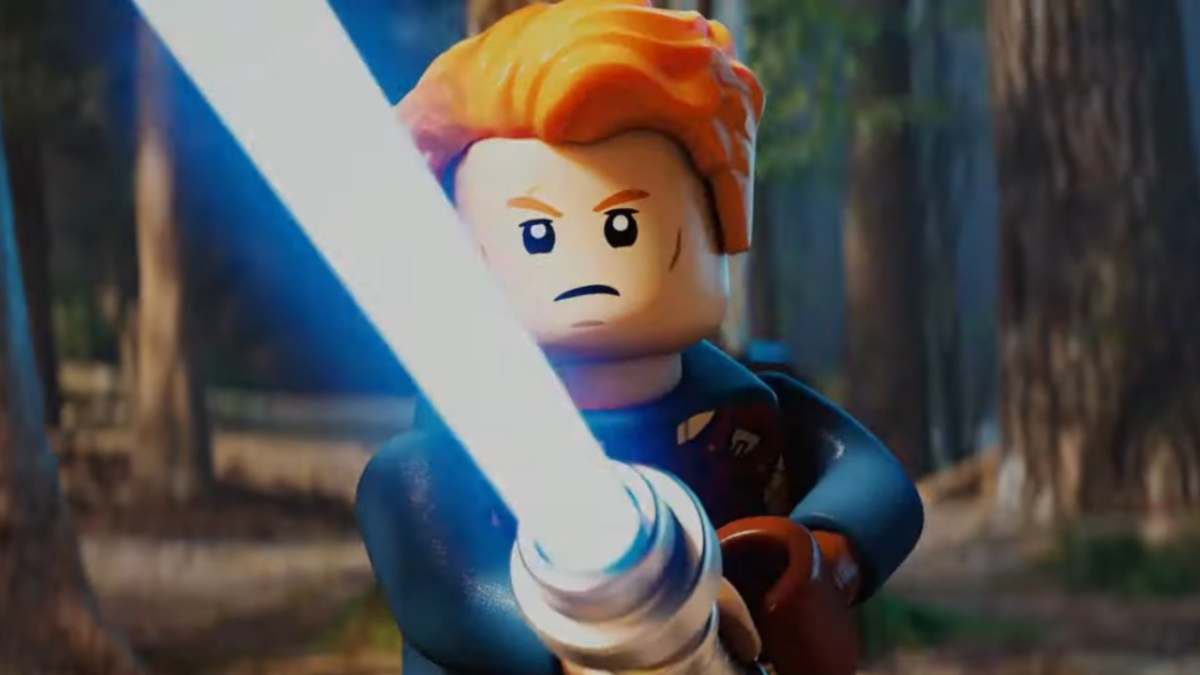One day, astronauts might recycle urine and carbon dioxide into highly necessary food and medicines for space missions.
We at The Escapist joke sometimes about how real-life science resembles science-fiction. But when we finally kick off this whole “colonizing space” thing, it probably won’t look much like Star Trek. We don’t have the warp drives, wormholes, or even cryogenic freezing technologies that make long trips feasible, so food and air must be managed as efficiently as possible. But what if those ships could be self-sufficient? Assistant Professor Mark Blenner at Clemson University wants to find out, which is why NASA awarded his team a grant to show human waste could be recycled into food and medicine. In other words: Carbon dioxide and urine might one day be crucial ingredients supporting space travel.
Not quite the replicator technology we hoped for, is it? Yet according to Dr. Blenner, the process is a necessity. “The challenge of long-term space travel requires that astronauts are able to recycle,” Dr. Blenner told The Escapist. “It will be difficult to bring all the food, medicine, nutrients, and materials you could possibly need. So making these on demand in space, from the waste produced during space travel would be important.”
NASA has awarded Dr. Blenner and his team a $200,000 per year to show the process is feasible. To do so, Blenner will attempt to engineer a strain of yeast that grows from human waste products. “We envision an algae culture that is converting carbon dioxide could be a food for the yeast when combined with urine,” Dr. Blenner explained. “So one of our tasks to determine if algae and urine contain compounds that are inhibitory to yeast growth and to develop strategies to address removing inhibitors or developing tolerance.”
Food would be the obvious by-product, but not the only one. The project also wants its engineered yeast to produce omega-3 fatty acids, which apply to health and brain function. Blenner even wants to go a step further and let the yeast create polyester plastics. If successful, these plastics would be a raw resource for 3D printing, allowing astronauts to create machinery parts on the fly. Maybe that replicator reference isn’t far-fetched after all.
I can’t help but feel struck by the historical parallel. Back when crossing the ocean required lengthy ship voyages, some crews resorted to drinking urine when fresh water ran low. This turned out to be a bad idea, but science might be resurrecting the concept (after a fashion) to become a crucial part of space travel.
And Dr. Blenner’s project is just one of eight approved by NASA. If successful, synthetic biology might not just change how we think about space travel – it could very well enable it.




